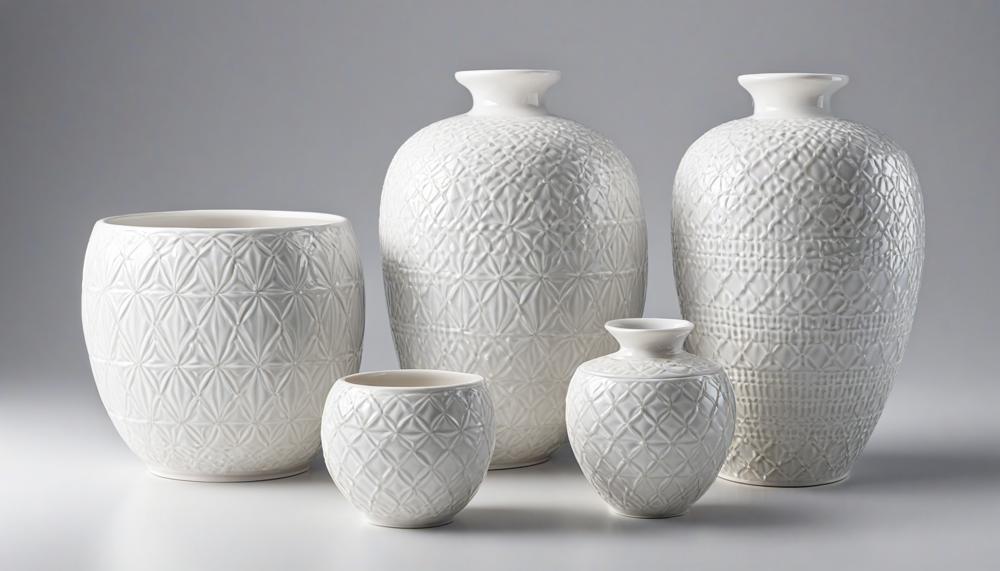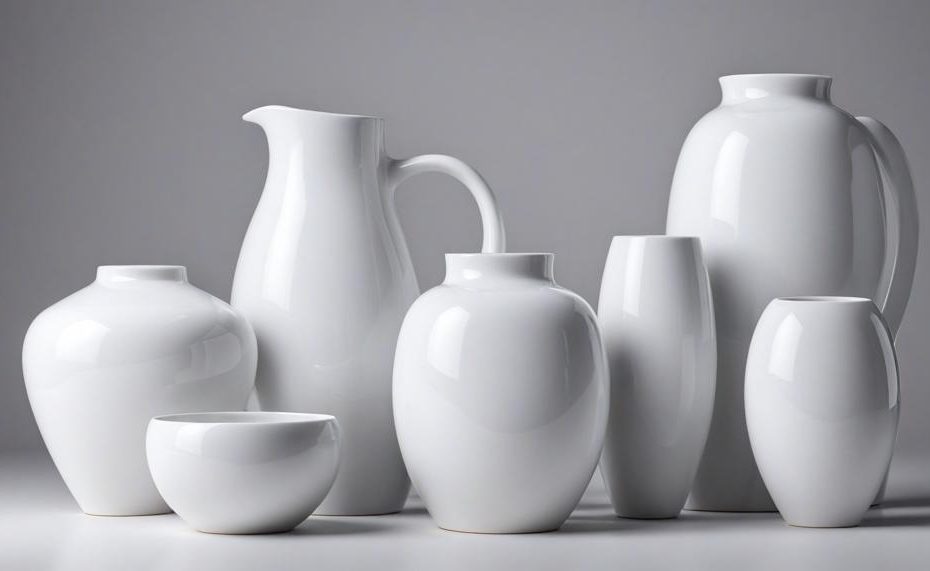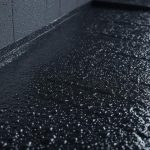Ever wondered how to glue ceramic back together without a hitch? Yes, it’s entirely possible and straightforward with the right tools and techniques.
Whether it’s your favorite mug or a cherished piece of art, gluing ceramic back together can restore its beauty and functionality. Here’s what you’ll need and the steps to follow:
Key Takeaways:
- Preparation is Key: Ensure all broken ceramic surfaces are clean and free of debris.
- Use the Right Glue: Gorilla Glue, E6000, and Loctite are excellent options.
- Application Matters: Apply glue evenly and fit pieces snugly.
- Drying Time: Allow ample drying time for the best results.
Steps to Glue Ceramic Back Together:
Gather Your Materials:
- Ceramic glue or epoxy (Gorilla Glue, E6000, Loctite)
- Clean, flat surface
- Toothpick for precision
- Duct tape or clamps
Prepare the Broken Surfaces:
- Clean the pieces thoroughly to remove any dirt or debris.
- Ensure the edges fit together well before applying glue.
Apply the Glue:
- Use a toothpick to apply a thin, even layer of glue to one of the broken edges.
- Press the pieces together firmly, ensuring they align correctly.
Secure and Dry:
- Use duct tape or clamps to hold the pieces in place.
- Allow the glue to dry completely, following the manufacturer’s instructions.
Top Glue Recommendations:
- Gorilla Glue: Known for its strength and quick drying.
- Clean the pieces, apply glue evenly, and press together. Allow to dry.
- E6000: Clear when dry and heat-resistant.
- Clean surfaces with alcohol, apply glue, press together, and hold for four minutes. Set for 24 hours.
- Loctite: Water-resistant and suitable for various surfaces.
- Clean with alcohol, mix equal parts of epoxy, apply, press together, and hold for four minutes. Set for 24 hours.
By following these steps, you can confidently glue ceramic back together, ensuring it looks and functions like new. Whether you’re repairing a treasured item or a daily use object, this guide makes the process easy and effective.
Table of Contents
What Are Ceramics?
Ceramics are non-metallic, inorganic materials created through the process of shaping and firing non-metals like clay at high temperatures. This results in hard, brittle materials with a variety of uses.
Ceramics combine metallic and non-metallic elements, exhibiting crystalline or partly crystalline structures, and are known for their high-temperature stability, low electrical conductivity, corrosion resistance, and hardness.
| Category | Examples | Properties |
| Traditional Ceramics | Pottery, Bricks, Stoneware, Porcelain, Tiles | Hard, Brittle, High-temperature stability |
| Advanced Ceramics | Silicon Carbide, Alumina | Enhanced mechanical properties, Electrical insulators, High thermal conductivity |
| Composite Ceramics | Mixes with other materials | Enhanced specific properties like strength and durability |
| Natural Ceramics | Minerals (Feldspar, Quartz), Clays (Kaolinite), Gemstones (Diamonds, Rubies), Glass (Obsidian), Bioceramics (Animal Skeletons) | Diverse properties based on natural composition |
Key Characteristics:
- High-Temperature Stability: Ceramics can withstand high temperatures without decomposing.
- Low Electrical Conductivity: Most ceramics are excellent insulators.
- Corrosion Resistance: Ceramics do not easily corrode in harsh environments.
- High Hardness: They are extremely hard, making them suitable for wear-resistant applications.
The term “ceramic” stems from the Greek word “keramikos,” which historically relates to pottery. The production process typically involves heating (firing) the shaped material and then cooling it, leading to significant changes, such as the development of a crystalline structure.
How to Glue Ceramic Back Together?
When repairing ceramics, choosing the right adhesive and following precise techniques ensures a strong, lasting bond. Here are the best practices for effectively gluing ceramic back together:
Choosing the Right Adhesive:
- Epoxy: Ideal for most ceramics due to its strong bonding properties.
- Cyanoacrylate (Super Glue): Best for small, clean breaks.
- PVA Glue: Suitable for non-functional, decorative pieces.
Preparation:
- Clean the Broken Pieces: Remove dirt and debris with alcohol.
- Dry Surfaces: Ensure pieces are thoroughly dry before applying glue.
- Gather Materials: Prepare the workspace with the necessary tools like a toothpick, clamps, and fine-grit sandpaper.
Application Techniques:
Epoxy Glue:
- Mix equal parts of epoxy resin and hardener.
- Apply a thin layer to the broken edges using a toothpick.
- Press pieces together firmly, ensuring proper alignment.
- Use duct tape or clamps to hold pieces in place until fully cured.
- Drying Time: Typically 24 hours for a complete cure.
Cyanoacrylate (Super Glue):
- Apply a small amount to one of the broken edges.
- Quickly press the pieces together, holding for 30-60 seconds.
- Drying Time: Usually 10-15 minutes.
PVA Glue:
- Apply a generous amount to the edges.
- Press pieces together and clamp securely.
- Drying Time: Allow 24 hours for full strength.
Post-Repair Considerations:
- Sanding: Use fine-grit sandpaper to smooth any excess glue.
- Cleaning: Wipe the repaired area with a damp cloth to remove any residue.
Can you glue ceramic pieces back together?
Yes, you can glue ceramic pieces back together effectively with the right materials and techniques.
Choosing the Right Glue:
- Ceramic Epoxy: This is one of the best options due to its strength and durability.
- Gorilla Glue: Known for its robust hold and resistance to water.
- E6000 Glue: Handles high temperatures without discoloration, making it suitable for various ceramics.
- Loctite Epoxy: A two-part adhesive that sets quickly and is water-resistant, suitable for both indoor and outdoor use.
Preparation:
- Clean the Surface: Ensure both broken surfaces are free from dust and debris.
- Dry Fit: Before applying glue, fit the pieces together to understand how they align.
Applying the Glue:
- Even Application: Use a toothpick to apply the glue evenly on both surfaces.
- Align and Press: Carefully align the pieces and press them together firmly.
- Smooth Edges: After the glue has set, smooth out any rough edges with sandpaper.
Curing:
- Allow Time to Set: Different glues have varying curing times, typically ranging from a few minutes to several hours.
Is Gorilla Glue good for ceramics?
Answer: The short answer is yes, Gorilla Glue is good for ceramics. Its versatility, strength, and water resistance make it suitable for various ceramic repairs, crafts, and DIY projects. Gorilla Glue can bond both porous and non-porous ceramics effectively, ensuring a strong and durable connection.
Gorilla Glue works best when the surfaces are properly prepared. Here are some tips to achieve the best results:
- Surface Preparation: Ensure both surfaces are clean and free from dust, grease, and old glue residues. A light sanding can help improve adhesion.
- Application: Apply Gorilla Glue sparingly; it expands as it cures. A thin layer on one surface is sufficient.
- Clamping: For optimal results, clamp the pieces together for at least 1-2 hours. Full cure is reached in 24 hours.
| Aspect | Description | Details |
| Bond Strength | High | Gorilla Glue offers a robust bond suitable for ceramic repairs and crafts. |
| Water Resistance | Yes | Once cured, the bond is resistant to water, making it ideal for both indoor and outdoor use. |
| Versatility | High | Effective on both porous and non-porous ceramic surfaces. |
| Application | Easy | Requires minimal glue and expands during curing, ensuring thorough coverage. |
Is E6000 glue good for ceramics?
Yes, E6000 glue is excellent for ceramics. It offers exceptional strength and durability, ensuring a secure bond that can withstand high temperatures and various stresses.
Its versatility makes it suitable for a range of materials, including ceramics, without discoloring the piece due to its clear drying nature. E6000 is known for its strong adhesive properties, making it a reliable choice for repairing and bonding ceramic items.
Advantages of E6000 Glue for Ceramics:
| Aspect | Details | Benefit |
| Strength | High tensile strength | Durable and long-lasting bond |
| Temperature Resistance | Can withstand high temperatures | Suitable for items exposed to heat |
| Versatility | Compatible with various materials | Useful for mixed-material projects |
| Appearance | Dries clear | Does not alter the look of ceramics |

E6000 glue is particularly noted for its ability to bond ceramics effectively, ensuring that your repairs or projects maintain their integrity over time.
Its resistance to heat and other environmental factors makes it a superior choice compared to other adhesives.
Does Loctite work on ceramic?
Yes, Loctite works exceptionally well on ceramic. Two standout products, Loctite Go2 Gel and Loctite Super Glue Ultra Gel Control, provide robust solutions for bonding ceramic items.
Detailed Analysis
Loctite Go2 Gel
- Versatility: Ideal for items exposed to food, liquid, and temperature changes.
- Flextec Technology: Ensures flexibility and gap filling without peeling or cracking.
- Safety: Dishwasher and microwave safe, suitable for indoor and outdoor use.
| Feature | Details |
| Flexibility | Fills gaps, does not peel or crack |
| Temperature Resistance | Microwave and dishwasher safe |
| Usage | Indoor and outdoor |
Loctite Super Glue Ultra Gel Control
- Precision: Perfect for crafting projects requiring meticulous alignment.
- Rubber Toughened Formula: Provides extra time for adjustments before setting.
- Application: Gel formula prevents sagging, making it ideal for vertical surfaces.
| Feature | Details |
| Precision | Allows for careful alignment |
| Anti-Sagging | Perfect for vertical applications |
| Clear Drying | Ensures a clean, invisible finish |
Both Loctite Go2 Gel and Ultra Gel Control offer durable adhesion tailored to meet specific needs like heat resistance, liquid exposure, and gap-filling, making them excellent choices for ceramic repairs and projects.
Conclusion
Restoring ceramic pieces to their former glory is achievable with the right approach and materials. Whether you’re fixing a cherished mug or a decorative art piece, the key lies in careful preparation, choosing the right adhesive, and applying it correctly.
First, ensure the broken surfaces are clean and free of debris. This is crucial for a strong bond. Use a suitable adhesive like Gorilla Glue, E6000, or Loctite, known for their reliability in ceramic repairs. Apply the glue evenly on one of the broken edges using a toothpick for precision. Align the pieces accurately and press them together firmly. Securing the pieces with duct tape or clamps ensures they stay in place as the glue sets.
Allow sufficient drying time, typically 24 hours, to achieve the best results. By following these steps, you can bring your ceramic items back to life, preserving both their beauty and functionality.






